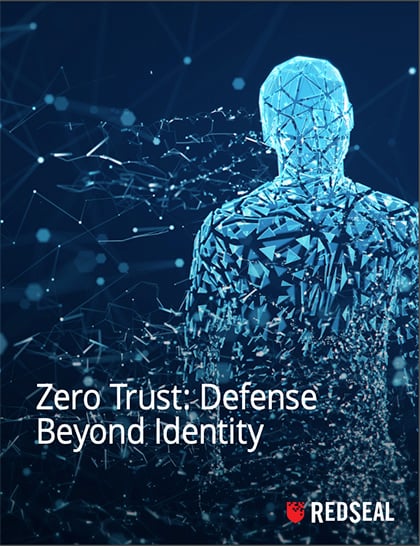Often, zero trust activities start with identity: If companies ensure users are who they say they are, it’s possible to reduce total risk significantly. But it's not always that simple. It requires a shift in how organizations monitor and manage data security at scale.
In other words, effective defense in zero trust goes beyond identity to encompass network operations as a whole. This brochure will help you to:


At a high level, it requires companies to both identify critical data sources and understand where they’re located in the network. This is no easy task. Data may be stored across multiple on-site locations, cloud-based backups, and co-located data centers, and it is in constant flux.

To effectively implement and enforce least privilege, companies need to answer three questions: What connections exist, where do they lead and how are these functions authorized? This complete picture of access and authorization enable least privilege.

It’s one thing to prioritize the process of understanding connections across an enterprise network — it’s another to complete this task both quickly and accurately. The sheer size and scope of modern networks makes this an impossible task for any IT team.